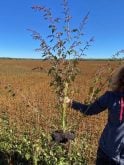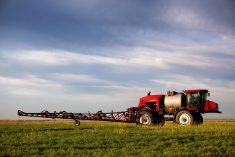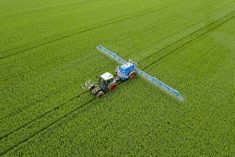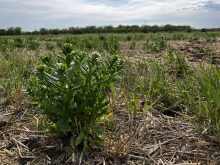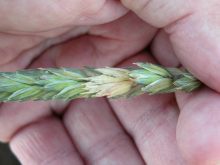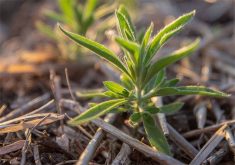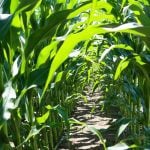Soybean growers worried about getting low-heat-unit varieties to plant in 2012 after the patent expires on Roundup Ready 1 soybeans should talk to their seed retailer.
That’s the advice Keystone Agricultural Producers’ (KAP) vice-president Rob Brunel offered here April 14 during KAP’s General Council meeting.
“I think it’s important that if you’re a soybean grower and have concerns over varieties coming in, to contact your seed retailers and show them you are concerned and you are paying close attention to the varieties being tested this year and what will be available next year,” Brunel said. “That is the pressure we need to put on them.”
Read Also
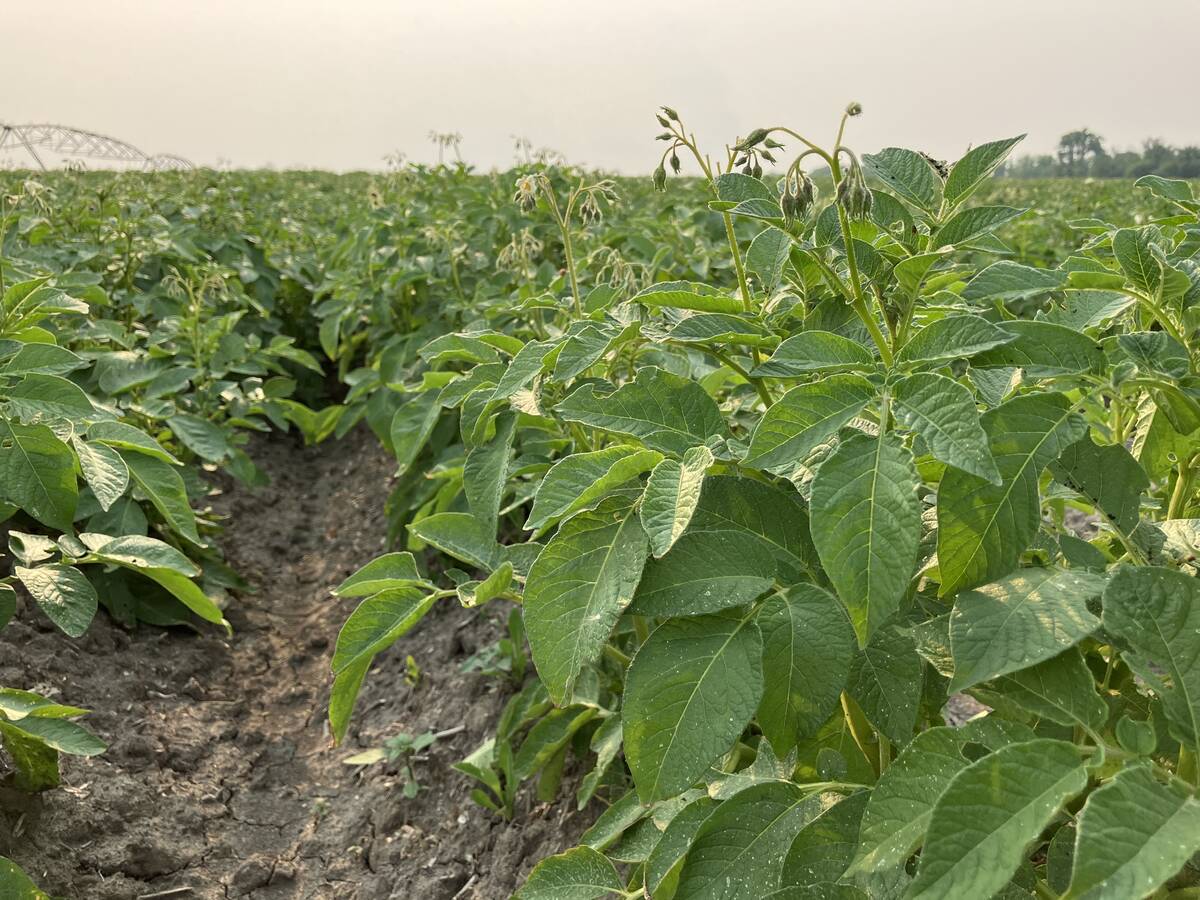
Potatoes join Innovation Farms testing ground
New MacGregor site adds potato farming to FCC and EMILI’s agriculture tech initiatives in Manitoba.
KAP and others are worried that early in the transition from Roundup Ready 1 to Roundup Ready 2 soybeans, there will be a shortage of new varieties that do well in low-heat-unit areas.
“We know there are a lot of guys more than willing to try Roundup Ready 2, but they want to know it works as well or better than the Roundup Ready 1,” KAP policy analyst James Battershill told the meeting.
“We are still trying to work with them to get a solution on this just to ensure things are functioning properly. We know guys want to see them work in their fields rather than take the word of the company that’s selling them the seed.”
Monsanto’s patent on Roundup Ready 1 soybeans expires in August, but farmers can’t legally keep any seed from this year’s crop for seeding in future years.
Farmers are allowed to keep Roundup Ready 1 soybeans they plant in 2012, but most seed companies say they’re switching to Roundup Ready 2 so there won’t be many off-patent Roundup Ready 1 varieties to plant.
Brunel said the companies told him they will be doing more Roundup Ready 2 trials in low-heat-unit areas this year.
“A lot of them assured me that they’re looking at options too in case of a flop,” he said.
“This is where the greatest concern is. The farther you get from the Red River Valley and the normal growing areas of soybeans the more important the variety characteristics are for your farm.
“And we have not seen a lot of plot data or trials in the area (of lower heat units).” [email protected]
———
“WeknowtherearealotofguysmorethanwillingtotryRoundupReady2,buttheywanttoknowitworksaswellorbetterthantheRoundupReady1.”
– JAMES BATTERSHILL






